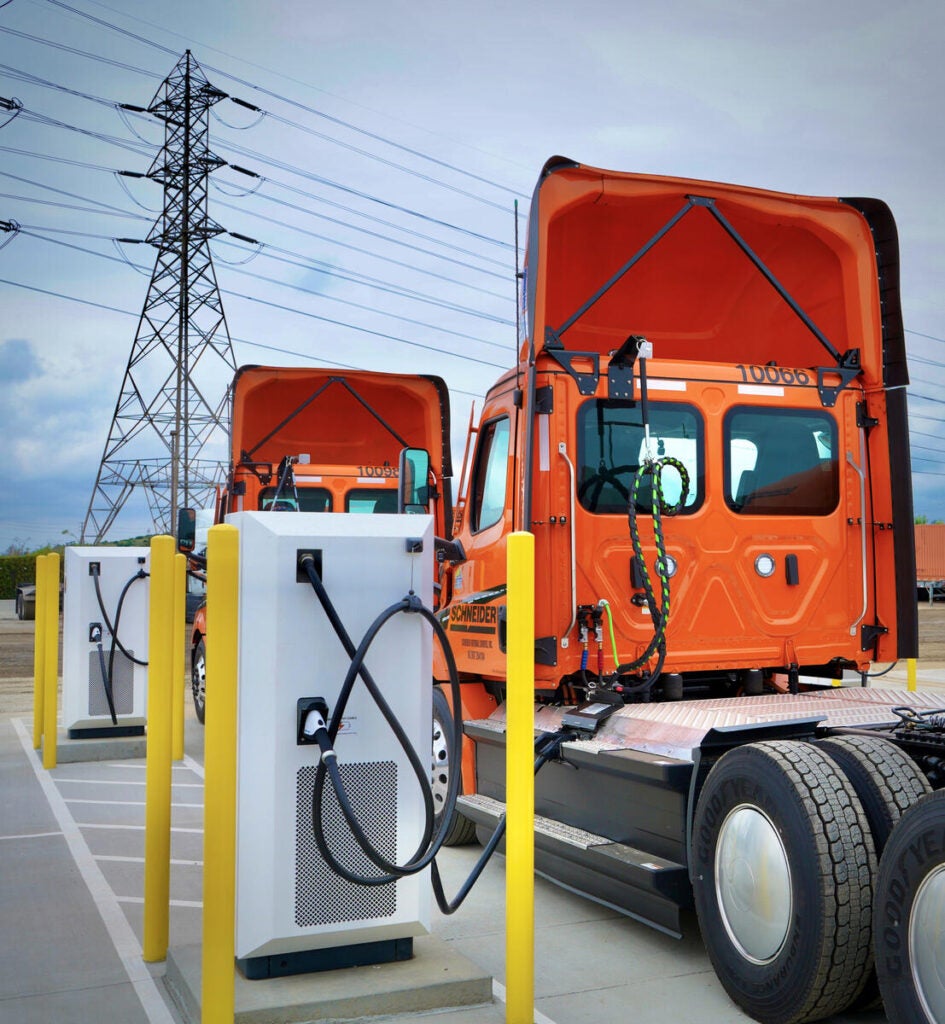Fleets across the country are going electric and utilities and regulators must be prepared for this essential transition. New York is currently taking on an ambitious medium- and heavy-duty electric vehicle proceeding to address barriers to charging infrastructure and has just conducted a series of technical workshops that brought together fleets, utilities and experts, including Environmental Defense Fund, to share their knowledge, recommendations and needs with the New York Public Service Commission.
Energy Exchange
Widespread expansion of zero-emission fleets requires proactive grid upgrades – New York can set the stage
Three ways EPA’s upcoming methane regulations will help slow climate change and protect public health
In a move that will protect communities across the country, the U.S. Environmental Protection Agency will soon finalize new rules to reduce methane and other toxic, smog-forming pollution from the nation’s oil and gas industry.
Methane is a potent greenhouse gas that’s fueling much of the climate crisis due to the excessive warming it creates during its lifetime in the atmosphere. Methane makes up about 12% of total greenhouse gas emissions in the U.S., but it’s responsible for over 25% of current warming.
Four things fleet leaders should know about America’s grid and zero-emission trucks
The U.S. Environmental Protection Agency‘s proposed Phase 3 Greenhouse Gas Emission Standards are poised to add yet another spark to the medium- and heavy-duty truck industry’s acceleration toward low- and zero-emission trucks.
Whereas many of the incentives included in the Inflation Reduction Act are intended to spark demand for zero-emission trucks, EPA’s proposed truck rule, when finalized, could help to ensure there will be a robust supply of low- and zero-emission solutions for fleets. In EPA’s proposal for these technology-neutral performance standards, the agency projects manufacturers could meet the standards through increasing market shares for zero-emission trucks. For example, in 2030, this could help ensure that 27% of medium-duty vocational trucks – like parcel delivery step vans, and 20% of tractor-trailer day cabs will be ZEVs.
New study shows need for accurate methane measurement at orphan oil wells and throughout industry
New research from Colorado State University reveals significant quantities of methane leaking from the state’s orphaned oil and gas wells — an urgent problem for the state to address as the number of abandoned oil and gas wells have surged in recent months. This study underlines the importance of both the state’s efforts to plug and remediate orphan wells as well as the efforts underway at the state Air Pollution Control Division to better understand and quantify methane emissions from oil and gas wells in the production sector.
Helping new hydrogen hubs sidestep risks, deliver on climate promise
The Department of Energy has announced the list of selectees under its $7 billion Hydrogen Hubs program. If they successfully conclude final negotiations with DOE, projects will receive funding to create close-proximity networks of hydrogen producers, consumers, and connective infrastructure as part of the Biden administration’s ambitious climate and clean energy effort.
How the Inflation Reduction Act will help drive major methane emissions reductions
Coming off yet another summer of record-breaking heat, it’s clear that climate action can’t wait. The world is hunting for solutions that can deliver on speed and scale, so there is more and more international attention on reducing oil and gas methane emissions as a crucial part of our climate approach.
The International Energy Agency just released a new report confirming that in order to prevent the worst impacts of climate change we must rapidly cut oil and gas methane emissions alongside reducing demand. Oil and gas methane is set to be a hot issue at COP 28, and the Environmental Protection Agency will soon finalize new regulations for reducing industry emissions.















